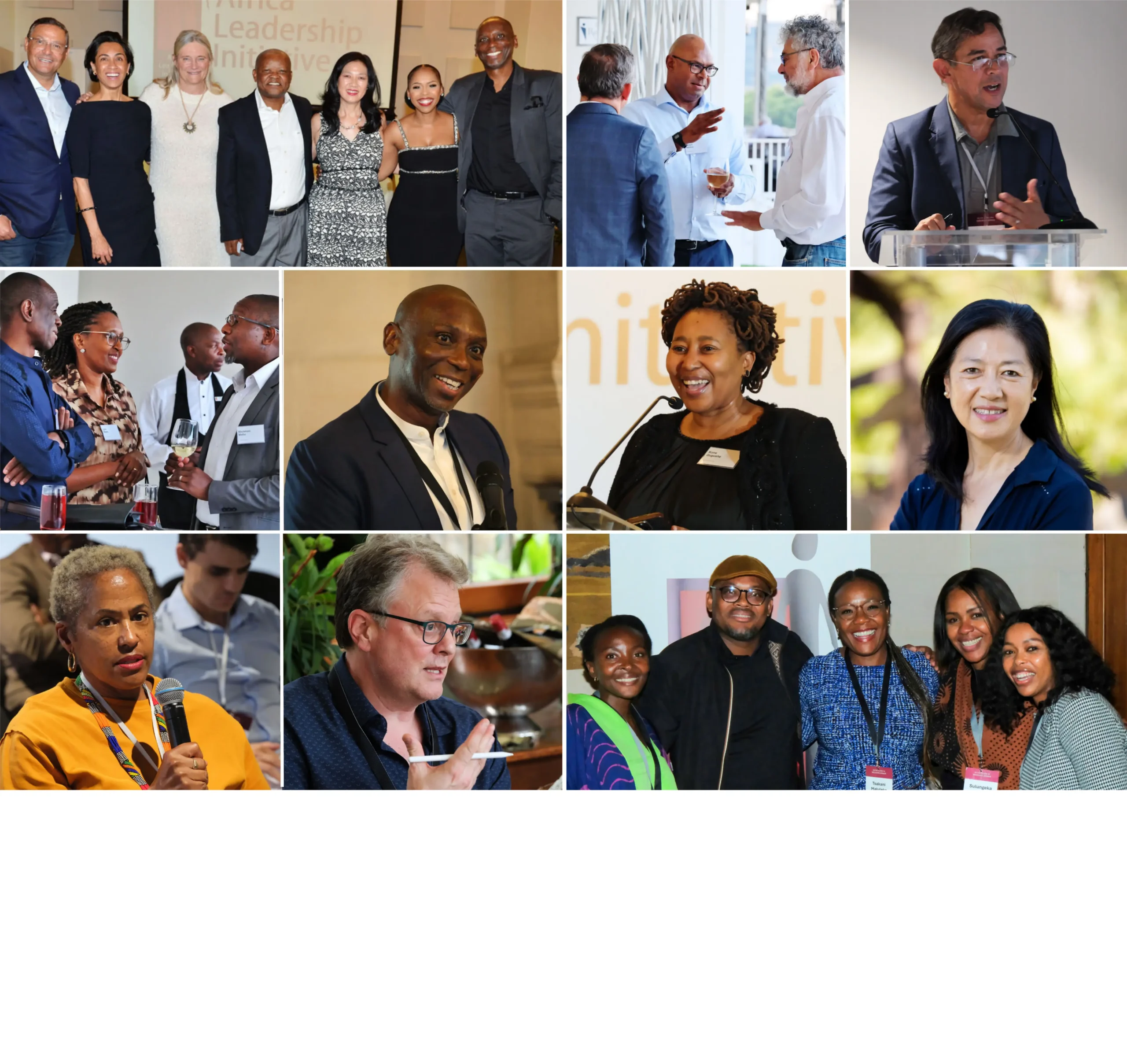
The AIF 2020 took place in Accra, Ghana, from the 26th to the 29th of February. ALI Fellows from South Africa, West Africa, East Africa and Mozambique came together to connect and engage on matters of significance regarding the continent. This year’s theme was Building to Last: Leadership vs. Systems. YALI Fellow Rorisang Tshabalala shares his thoughts on the youth panel discussion that took place at the Forum.
I lead a 12-year-old business model research and development firm, Chapter One Innovation. Essentially, we build systems that change systems, bringing ideas to life as high-impact, listable organisational systems at scale. Those organisational systems may be individual companies but they also take other forms, including entire ecosystems or industries – whatever their form, the goal is the same: for them to be market-winners, industry-leaders and world-changers. As a research and development firm, ours is to take a research-led approach towards bringing new organisational systems to life.
The framing of leadership vs systems is a false dichotomy; if we are going to build systems to last, we have to recognize that it is not a matter of choosing one or the other but rather one of becoming more effective at ensuring that the two work better together. Seldom are there vacuums in nature; there is always leadership present within a system.
Important leaderships abilities include leading systemically and understanding the difference between working in the system vs working on the system; knowing how to adapt his/her leadership based on whether the moment calls for a working-on-the-system or a working-in-the-system approach. Working on the system often requires that the leader engage in thinking and doing that is a few horizons beyond where the system is currently and beyond what the system can currently conceive. A leader cannot will the system to move where he/she is in consciousness, he/she must meet and lead the system from its place of need and consciousness; therefore, working in the system requires a different approach.
The youth vs experience/age/maturity framing is, in my mind, a waste of time and a distraction within the context of a continent that is confronted by such urgent and important priorities. There is a role for youth and there is a role for experience within the systemic arrangement required to effectively build systems that drive lasting impact. The mistake that we make is to position the role of one as more important than the role of the other; their roles are not more or less important than one another, their roles are only different from one another. Both the leaf and the tree are important for the sustainability and growth of the forest. These two – the leaf and the tree – are different yet interdependent systems. Young and older generations fighting for preeminence is as counter-productive as a leaf and a tree arguing for preeminence. The forest needs the tree and the tree needs the leaf; there is a logarithmic difference in the cycles and speed of change on a leaf system vs the cycles and speed of change in a forest system. The dynamism of the leaf system, though it may look like chaos when compared to the rate and speed of change in a forest system, is not a threat to the tree or the forest system; in fact, it is necessary for the sustainability of the forest. The stability of the forest system, though it may look uninteresting in comparison to the dynamism of the leaf system, is not a threat to the leaf or the tree. Without the stability of the forest system, the leaf and the tree cannot grow effectively.
We ought not to feel threatened by the “chaos” of youth; we ought only know how to build environments in which that energy can be harnessed effectively. As a research and development firm, Chapter One Innovation establishes “laboratories” in which the chaos of bringing new ventures to life at scale can be both contained and harnessed. Scientific, societal, cultural and even biological step-change progress happens in environments where chaos is effectively harnessed. The mother’s womb is a laboratory in which the chaos of conception is both contained and harnessed; in 9 months, a single cell goes through multiple explosions and separations as it transforms from a fertilised egg to a fully-formed human being. The mother does not see the wonders occurring in her womb as threatening; she finds them fascinating, she finds them exciting, they give her hope and she creates room for them within herself and protects them with her very life. On the other hand, the forming baby does not evacuate the womb until the process is completed, regardless of how much inherent potential and world-changing purpose that child has – a premature evacuation can be deadly to the child and his/her destiny.
Young people do need mentorship, that is indisputable. Beyond that though, what they also need is suretyship – older people who will not only impart knowledge and wisdom to them but will also take it a step further and go out on a limb in backing the dreams of the youth. Many of the stories of young people that have gone on to change the world start with the stories of older people who stood surety for them; who put those young people in spaces that they had not yet earned the right to be in but had the potential to grow in; older people who took bets on young people, in the process tying their destinies to those of those young people.









